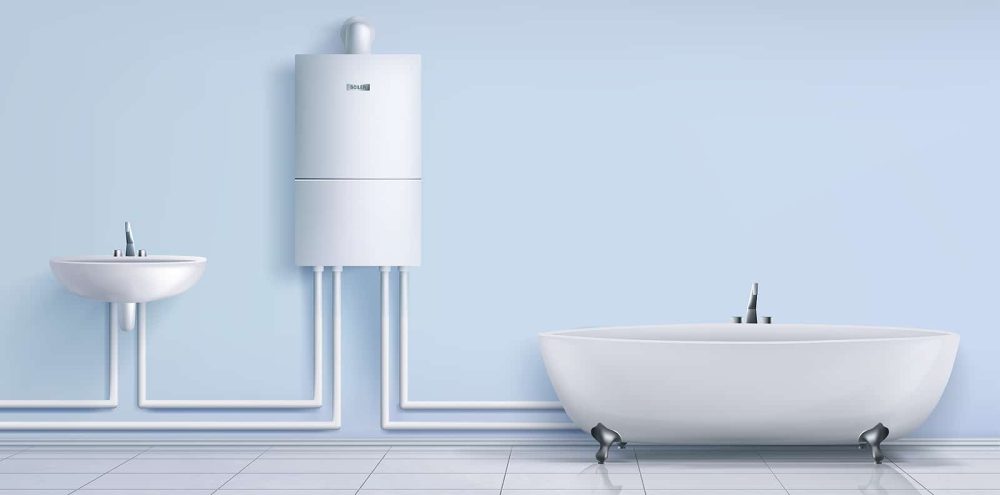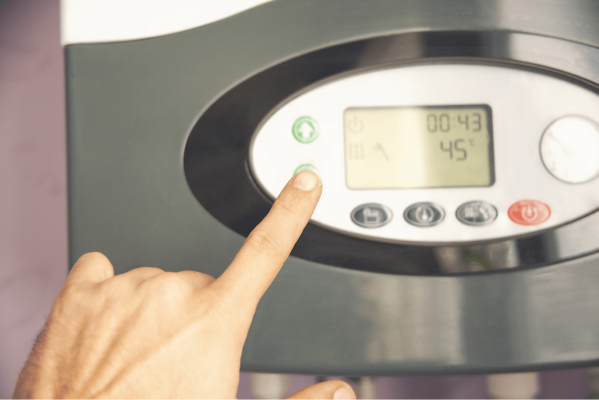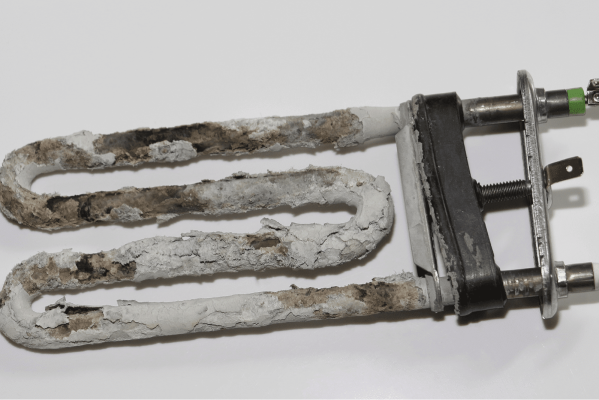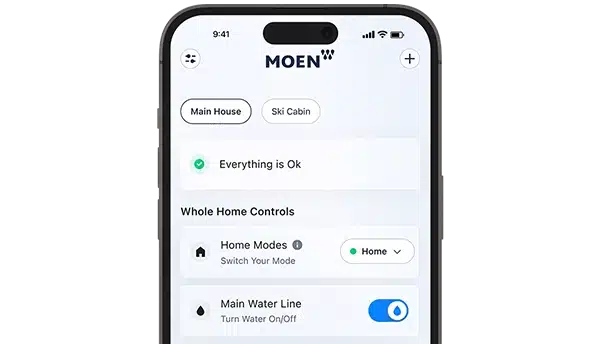Cold weather is just around the corner. Remember winter is the rainy season in California and the weather starts to cool down. Ever stood naked and shivering in the bathroom for 5 minutes before the water warmed up so you could take a not-quite-warm-enough shower? Now is the time to make sure that does not happen again. Water heaters are affected by outside temperatures. Understanding why this is and what you can do about it can help you prevent miserable cold showers in the months to come.
Why Do Water Heaters Work Harder in the Winter?
Winter weather is amazing in California, but that does not mean the temperature may not get below freezing. While it might seem obvious that water heaters work harder in the winter, it’s nevertheless worth reviewing the reasons why.
- The water coming in is colder. In the wintertime, the fresh water entering your home is colder than the rest of the year. All other things being equal, your water heater is going to need to work harder to warm that colder water up.
- The air around your tank is colder. Chances are that your water heater is located in a place in your home that’s not heated. It might be the attic, the garage, the basement, or even an obscure closet in a corner somewhere. Wherever it may be, in the winter, the air surrounding your tank is very likely cold. As a result, heat inside the tank escapes and the water heater needs to run harder and longer to maintain high temperatures in the tank.
- Everyone in the house wants hotter showers. Admit it. You take longer, hotter showers in colder weather. You and everyone else in your family. Your water heater works overtime in colder months to keep up with these heavy hot water demands.
What’s the Solution?
Colder incoming water, lower ambient temperatures, and a greater demand for hot water all work together to tax your hot water heater during cold winter months. While there’s nothing you can do about the temperature of the water entering your home, there are things you can do to increase the efficiency of your hot water heater and prevent costly plumbing leak repairs in Sacramento, CA, including the following:
- Add Insulation. Adding a layer of insulation to your water heater and the pipes will help keep heat inside the tank where it belongs and prevent heat from escaping through the pipes as it heads to your faucets.
- Flush the tank. Over time, mineral sediment builds up on the heating elements and along the tank’s bottom surface. This build-up reduces the efficiency of your water heater. Flushing the tank removes the sediment and boosts efficiency. Having a professional plumber in Sacramento come in every few years to flush your tank keeps things working smoothly.
- Replace the old tank. If you’re noticing a marked decrease in your water heater’s ability to provide toasty warm water for your home, it might be time for an upgrade. Purchasing a new, high-efficiency water heater is much more cost-effective than operating an old, inefficient model. Bullseye Leak Detection provides professional installation and maintenance services. Our friendly crews can get a new water heater up and running for you in no time at all.
- Installing instant hot water heaters. Tankless water heaters only produce hot water when you need it, so they save energy and money all the time.
Don’t Wait
Do not wait for the miserable January cold showers to set in, plan today for hot water throughout the winter. Help your water heater perform its best all year with a good flush and a layer of insulation. If that does not work, call Bullseye Leak Detection to get started on installing a new water heater today!
Common Water Heater Failures During Winter
You wake up on a chilly winter morning, extract yourself from your warm bed, and hurry to the bathroom, looking forward to the hot shower that will warm you up and prepare you for the day ahead of you. However, instead of the soothing heat, you were expecting, you get a blast of icy water in the face. What’s caused this unpleasantly cold surprise on an already cold day? While a water heater can fail at any time of year, here are some of the most common causes of water heater failure that we see during the winter.
Broken Heating Elements
You’ve probably been using a bit more hot water during these cold months than you realize. You want that extra bit of heat in your showers and baths, and your water heater has to work harder to get the water in the tank up to temperature. Heating elements or heating coils are more likely to wear out and break at this time of year because of this increased demand.
If your water has suddenly gone cold, this could be the issue. While replacing elements in a water heater is possible, if your water heater is on the older side, it’s a better idea to get a more efficient replacement. You may even want to consider upgrading to a tankless hot water heater in Sacramento, CA, so you never have to worry about a hot water shortage in your home.
Mineral Buildup in the Tank
It’s common for minerals to build up in the tank of a water heater—the use of an anodized rod in the tank can minimize this buildup. This sediment usually settles to the bottom and remains there. As these minerals accumulate, they cause two issues: The first is that they take up space in the water heater—the less space in the tank, the less hot water you have available.
The second is that it creates a barrier between the heating elements and the water since most water heaters have their elements at the tank’s bottom. This makes it harder for the water to get up to temperature and forces your heating elements or coils to work harder, once again increasing the odds of them burning out.
Extinguished Pilot Light
This is one common issue that is incredibly easy to fix. With all those gusty winter breezes blowing around, the pilot light on your gas water heater could have been extinguished. Luckily, you can quickly reignite the pilot light yourself:
- Open the door to the pilot light access and locate the small gas tubes that lead to the burner.
- Turn the gas knob to “Pilot,” then press and hold it to start the gas flow to the pilot light. Your water heater might also have a separate button for pilot mode; it’s typically red, and you can press and hold it.
- While still holding the knob or button-down, light the pilot. Most modern water heaters have an igniting button you can press to create a spark, but you may need to use a long lighter in some cases.
- After the pilot ignites, keep holding the knob or button for a full minute. Then, release it slowly, watching to ensure the pilot light stays on.
- Turn the gas knob to “On.” You should hear a clear whooshing sound as the main burner ignites.
- Replace the cover and give the water in your tank time to heat up before using the hot water.
Faulty Parts
As we already mentioned, hot water demand often increases in the winter months—but it’s not just the heating elements and coils that suffer from the added strain. There are many other components in your water heater that work to keep your water hot. And if any of those parts are worn out or faulty, it can cause your heater to fail entirely.







